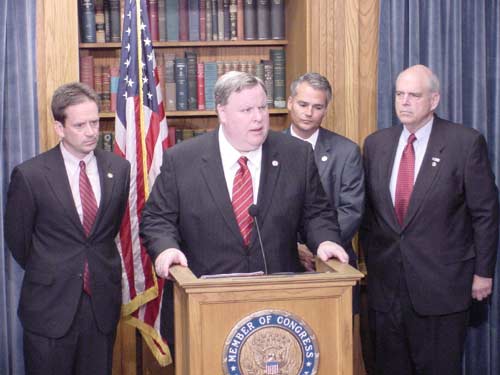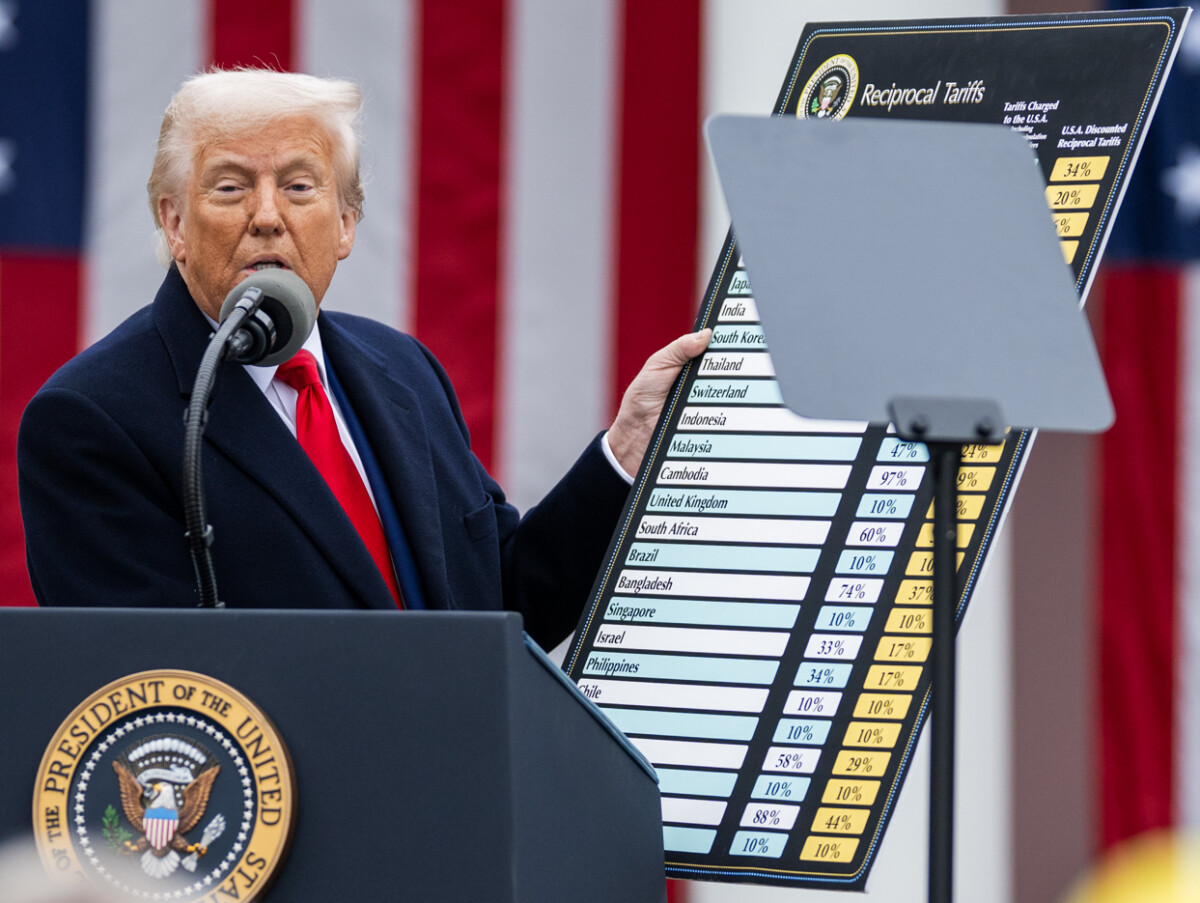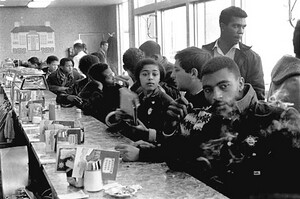Tariff wars are like invisible battles fought with taxes instead of weapons, and their impact on the U.S. economy has been nothing short of profound. Imagine a game of chess, where each move is calculated, sometimes resulting in a checkmate that can either protect or harm a nation’s economy. From the bustling ports of New York to the sprawling factories of the Midwest, tariff wars have left their mark, influencing everything from the cost of a pair of jeans to the availability of your favorite gadgets. But what exactly are tariff wars, and why do they matter so much? Let’s take a journey through history to unravel the story of tariff wars and their far-reaching effects on the U.S. economy.
The Origins of Tariff Wars in the U.S.

The story of tariff wars in the United States began in the early 19th century. Picture a young nation, eager to protect its budding industries from the established might of Britain. The Tariff of 1816 was a bold move, designed to shield American manufacturers from British competition after the War of 1812. This was like a protective umbrella over the fledgling industries, ensuring they could grow without being drowned by foreign competition. However, this protective stance also sowed the seeds for future economic tensions, both within the U.S. and with trading partners abroad. The early tariffs set a precedent, creating a delicate balance between protecting domestic interests and fostering international trade.
The Smoot-Hawley Tariff Act

Fast forward to the Great Depression, and the U.S. found itself in a dire economic strait. The Smoot-Hawley Tariff Act of 1930 was introduced as a lifeline, raising tariffs on over 20,000 imported goods. Imagine trying to save a sinking ship by throwing heavy anchors overboard; that’s what this act inadvertently did. Instead of rescuing American farmers and manufacturers, it led to retaliatory tariffs from other nations, causing a sharp decline in global trade. The economic downturn worsened, turning a recession into a full-blown depression. This act serves as a cautionary tale of how protectionist policies, while well-intentioned, can sometimes backfire spectacularly.
The Trade Policy Shift in the 1980s

The 1980s brought a significant shift in U.S. trade policy, akin to turning a ship around in turbulent waters. The introduction of the Trade Agreements Act of 1979 and later the North American Free Trade Agreement (NAFTA) in 1994 marked a departure from protectionism. These agreements were like bridges, connecting the U.S. economy with the global market, promoting free trade and reducing tariffs. The result? A surge in economic growth and a smorgasbord of consumer choices. The shift highlighted the benefits of open trade policies, underscoring the importance of collaboration over confrontation in the global economic arena.
The China-U.S. Trade War

In recent years, the trade war between the U.S. and China has captured global headlines. Beginning in 2018, the U.S. imposed tariffs on a wide range of Chinese goods, accusing China of unfair trade practices and intellectual property theft. Picture a high-stakes poker game, where each side raises the stakes with tariffs and counter-tariffs. This tit-for-tat escalation has affected various sectors, from agriculture to manufacturing, creating ripples across the global economy. The China-U.S. trade war underscores the complexities of modern trade relations, where economic strategies are as important as diplomatic ones.
Economic Impacts of Tariff Wars

The economic impacts of tariff wars are like a double-edged sword, offering protection on one side while cutting into consumer wallets on the other. On the positive side, tariffs can safeguard domestic industries and jobs, providing a buffer against foreign competition. However, the downside is often higher consumer prices and strained international relations. Historical examples, like the Smoot-Hawley Tariff, illustrate how such policies can lead to decreased GDP and increased unemployment. It’s a delicate dance, where the steps must be carefully choreographed to avoid economic missteps.
Consumer Prices and Tariffs

One of the most immediate effects of tariffs is felt at the checkout counter. When tariffs are imposed on imported goods, the costs often trickle down to consumers. Imagine finding your favorite tech gadget suddenly more expensive; that’s the direct result of tariffs. Recent tariffs on Chinese imports have led to higher prices for electronics, clothing, and other essentials, hitting lower-income households the hardest. These families spend a larger portion of their income on necessities, making the impact of tariffs disproportionately burdensome. It’s a reminder that economic policies, while abstract on paper, have tangible effects on everyday life.
Retaliation and Global Trade Relations

Tariff wars are not fought in isolation; they often spark retaliation from affected countries. This cycle of escalating tensions can be likened to a game of dominoes, where one move triggers a chain reaction. Retaliatory tariffs and trade barriers further complicate international trade relations, creating an environment of uncertainty. The ongoing trade war between the U.S. and China has strained diplomatic relations, raising concerns about the stability of global trade. It’s a stark reminder of the interconnectedness of modern economies, where a single policy decision can have far-reaching consequences.
The Future of Tariff Wars

As we look to the future, the landscape of tariff wars remains uncertain. In a world increasingly defined by globalization and economic interdependence, the balance between protectionism and free trade continues to be a contentious issue. Policymakers face the daunting task of navigating these complexities, weighing the short-term benefits of tariffs against their long-term impacts on both domestic industries and international relations. The future of tariff wars will likely be shaped by the evolving dynamics of the global economy, where adaptability and foresight are key.
Conclusion

In conclusion, historical tariff wars have left an indelible mark on the U.S. economy, influencing trade policies and shaping consumer behavior. While tariffs can offer temporary protection for domestic industries, they often come with significant long-term consequences. Understanding the history and implications of tariff wars is crucial for navigating the complexities of modern trade relations. As we move forward, the lessons of the past can serve as a guide, ensuring that future economic strategies are informed by both caution and innovation.







